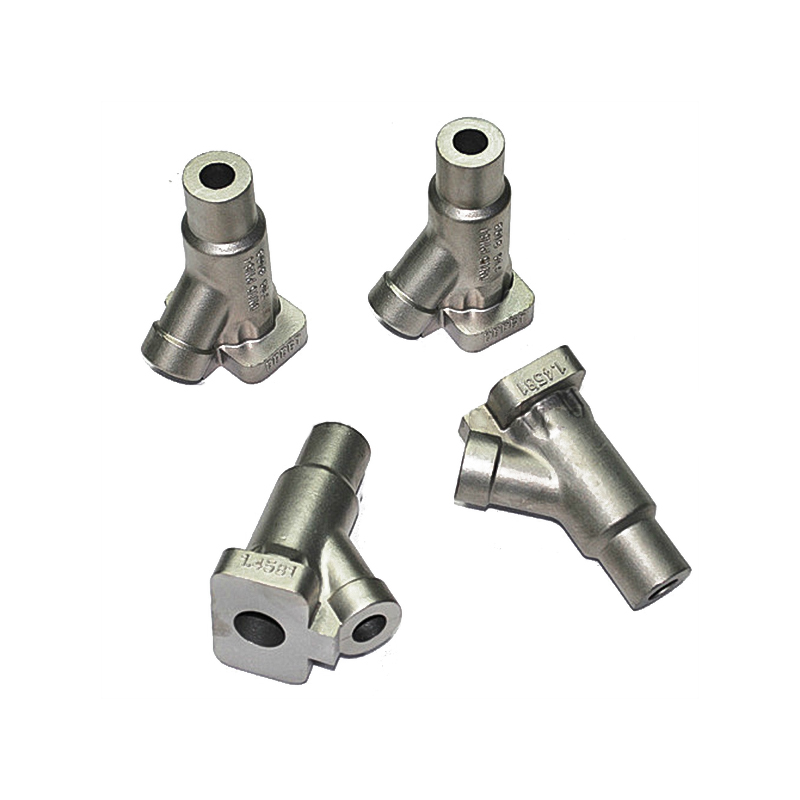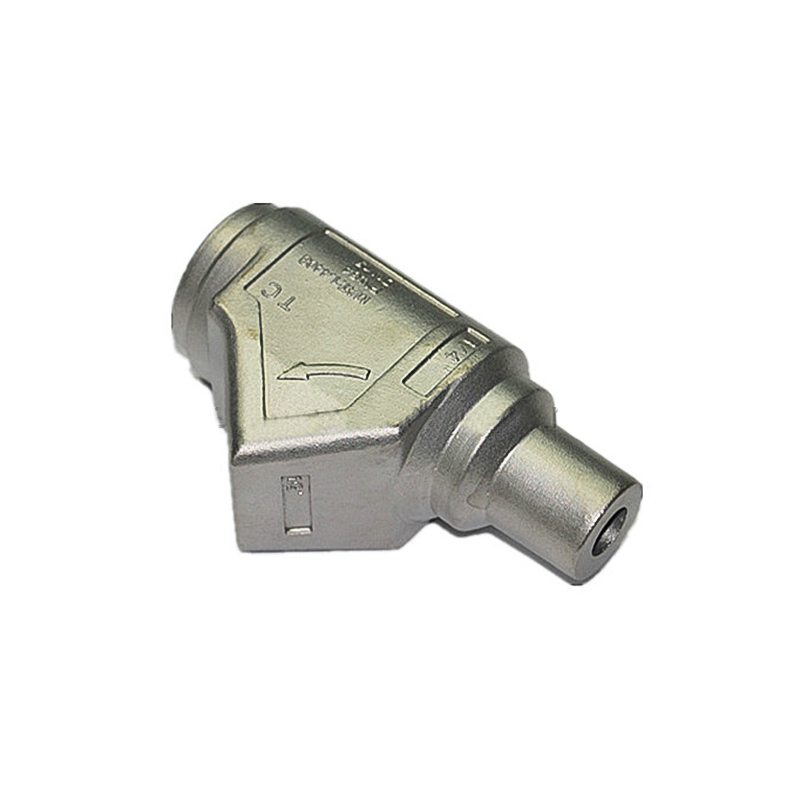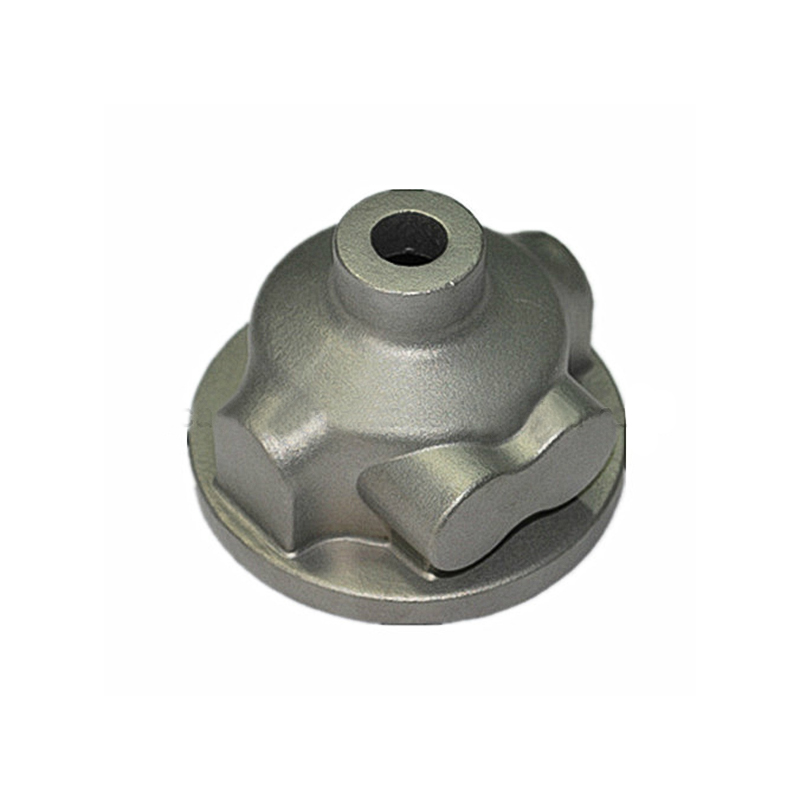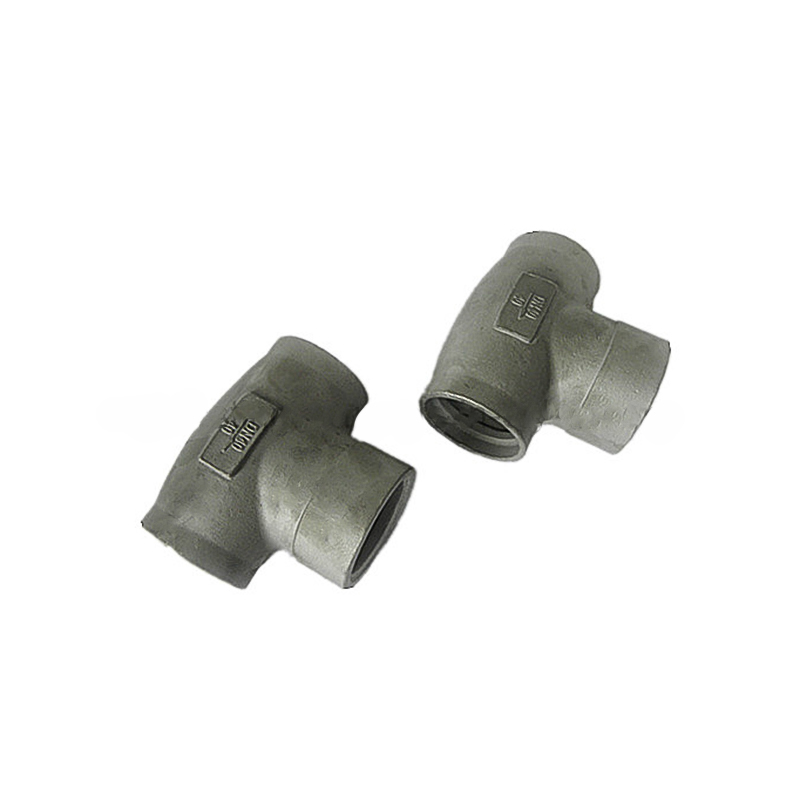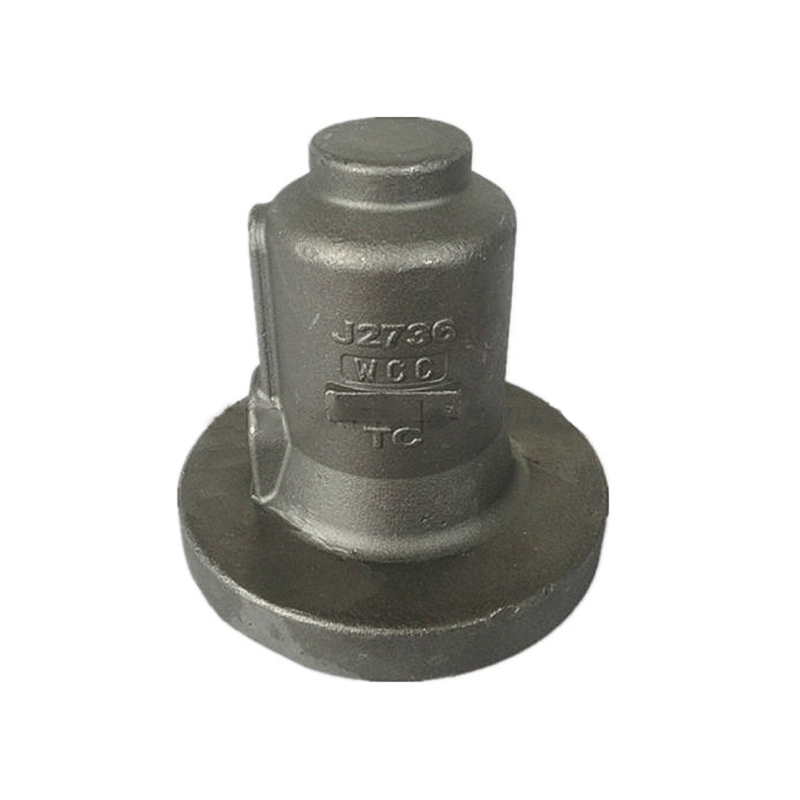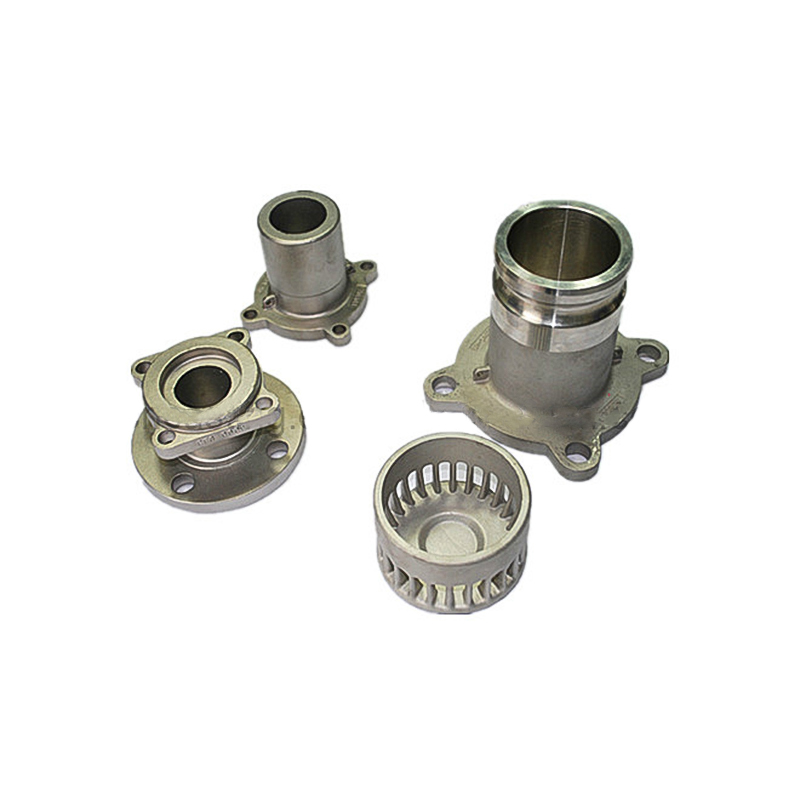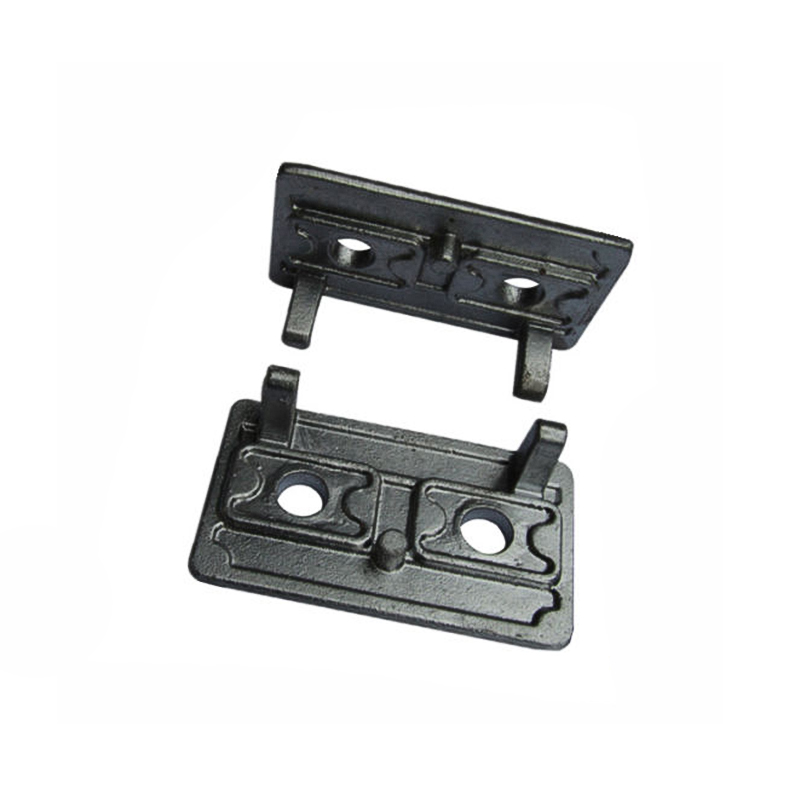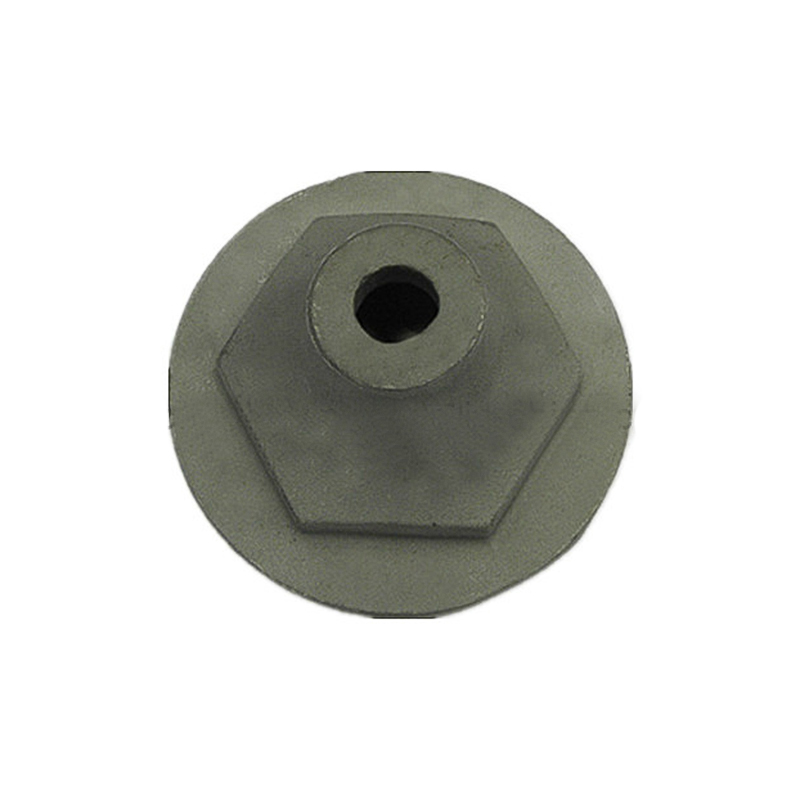How valve body parts improve the efficiency of automotive systems
In the continuous innovation of the automotive industry, valve body parts, as an important technical link, have gradually become a key factor in improving automotive performance, optimizing power systems and reducing fuel consumption. Especially in the fields of automatic transmission, hydraulic brake system, engine control, etc., the role of valve body parts is not limited to fluid control, but also directly affects the overall efficiency and driving experience of the vehicle. By optimizing the design and application of valve body parts, automakers can effectively improve the performance of the whole vehicle, reduce fuel consumption, and contribute to environmental protection and sustainable development.
The core role of valve body parts
Valve body parts refer to the core components responsible for regulating the flow direction, flow rate and pressure of fluids (such as oil or gas) in key systems such as automotive hydraulic systems, shift mechanisms, and engine control. Valve bodies are not just an integration of mechanical components. They ensure the efficient collaboration of various automotive systems through intelligent design and precise control methods.
Valve body parts are usually used in the following key areas:
1. Automatic transmission: The valve body controls the flow of hydraulic oil and determines the timing of shifting and the accuracy of operation.
2. Hydraulic brake system: The valve body ensures the stability and response speed of the brake system by regulating the flow of brake hydraulic oil.
3. Engine control system: The valve body works with the engine ECU (electronic control unit) to adjust the power output of the engine and optimize combustion efficiency.
Because of the high-precision control of the hydraulic system by valve body parts, they have become the key to improving the efficiency of automobile systems.
How valve body parts improve automobile system efficiency
1. Improve shifting efficiency and smoothness
Automatic transmission is a very important component of modern automobiles, and its shifting process directly affects the vehicle's power performance and fuel efficiency. The core role of valve body parts in automatic transmissions is to regulate the flow of hydraulic oil and ensure the smoothness and response speed of the shifting process by controlling the flow and pressure.
Traditional valve body designs are often limited by fluid resistance and control accuracy, resulting in delays or uneven shifting, which in turn affects power transmission efficiency. The optimized valve body adopts a more precise fluid channel design and an efficient control valve, which can adjust the flow and direction of hydraulic oil in real time, thereby achieving fast and smooth shifting operations, avoiding power lag and reducing power loss.
In addition, modern high-performance transmissions use a multifunctional intelligent valve body, which can automatically adjust the working mode of the hydraulic system according to different driving environments and driving needs. For example, during acceleration, the valve body can respond quickly to provide efficient shifting; while in economic driving mode, the valve body can delay shifting to reduce engine speed and reduce fuel consumption.
2. Improve fuel efficiency and energy saving effect
With the increasingly stringent global requirements for environmental protection and energy efficiency, reducing fuel consumption has become one of the core goals of the automotive industry. Valve body parts play a key role in this regard. Efficient valve body design can significantly reduce energy loss in the hydraulic system and optimize fuel utilization.
Valve body parts reduce engine load by reducing resistance in the hydraulic system and reducing pressure loss during the flow of hydraulic oil. For traditional fuel vehicles, this means lower fuel consumption and higher fuel economy. For hybrid and electric vehicles, valve bodies also play an important role in optimizing power distribution. Through precise control, they ensure the coordinated work of the engine and the motor, so that every drop of fuel can be used most effectively.
At the same time, the intelligent valve body design can adjust the working mode of the hydraulic system in real time according to the driving state and load conditions of the vehicle. For example, when driving at high speed, the valve body can reduce energy consumption and optimize power output; while at low speed or in urban driving, the valve body will give priority to energy-saving mode to further reduce fuel consumption.
3. Optimize the response speed of the power system
The power system of a car not only depends on the output of the engine itself, but also the timeliness and accuracy of gear shifting are equally critical. Valve body parts optimizes the accuracy and speed of hydraulic oil flow, so that the engine can adapt to the driver's control needs more quickly and improve the response speed of the power system.
During acceleration, the efficient flow regulation of the valve body can ensure that the transmission quickly enters the appropriate gear, thereby avoiding power loss and improving acceleration performance. Compared with the traditional valve body design, the optimized valve body can achieve more efficient gear shift control, avoid frequent engine speed fluctuations, and reduce energy loss.
In addition, the precise control of the valve body can make the shift timing more closely matched with the engine speed and vehicle speed, thereby improving the stability and efficiency of power output.
4. Improve the stability and safety of the braking system
As an important guarantee for the safety of the vehicle, the role of valve body parts in the hydraulic brake system cannot be underestimated. The valve body can not only effectively regulate the flow of brake fluid, but also ensure the balanced pressure distribution at each braking point, thereby improving the stability and reaction speed of the brake.
In the electronically controlled hydraulic brake system, the valve body ensures the accuracy of each braking response by regulating the flow rate and flow of the brake oil. When the car is driving on different road conditions, the valve body can respond quickly and adjust the braking force as needed, thereby improving the braking efficiency and safety. Compared with the traditional brake system, the brake system with advanced valve body design is not only smoother in operation, but also effectively reduces the energy loss generated during braking, further improving the overall efficiency of the system.



 English
English Deutsch
Deutsch 简体中文
简体中文
